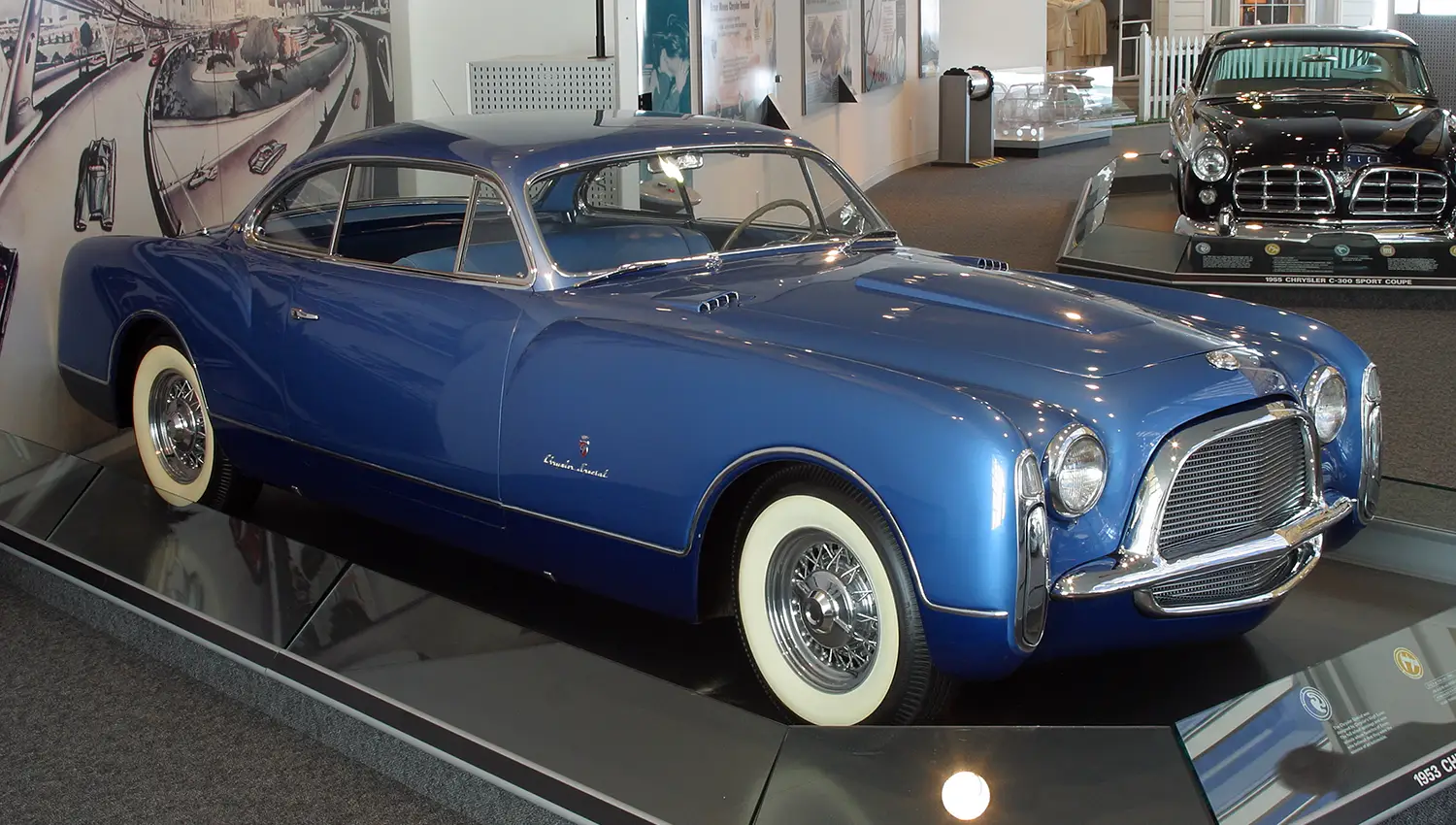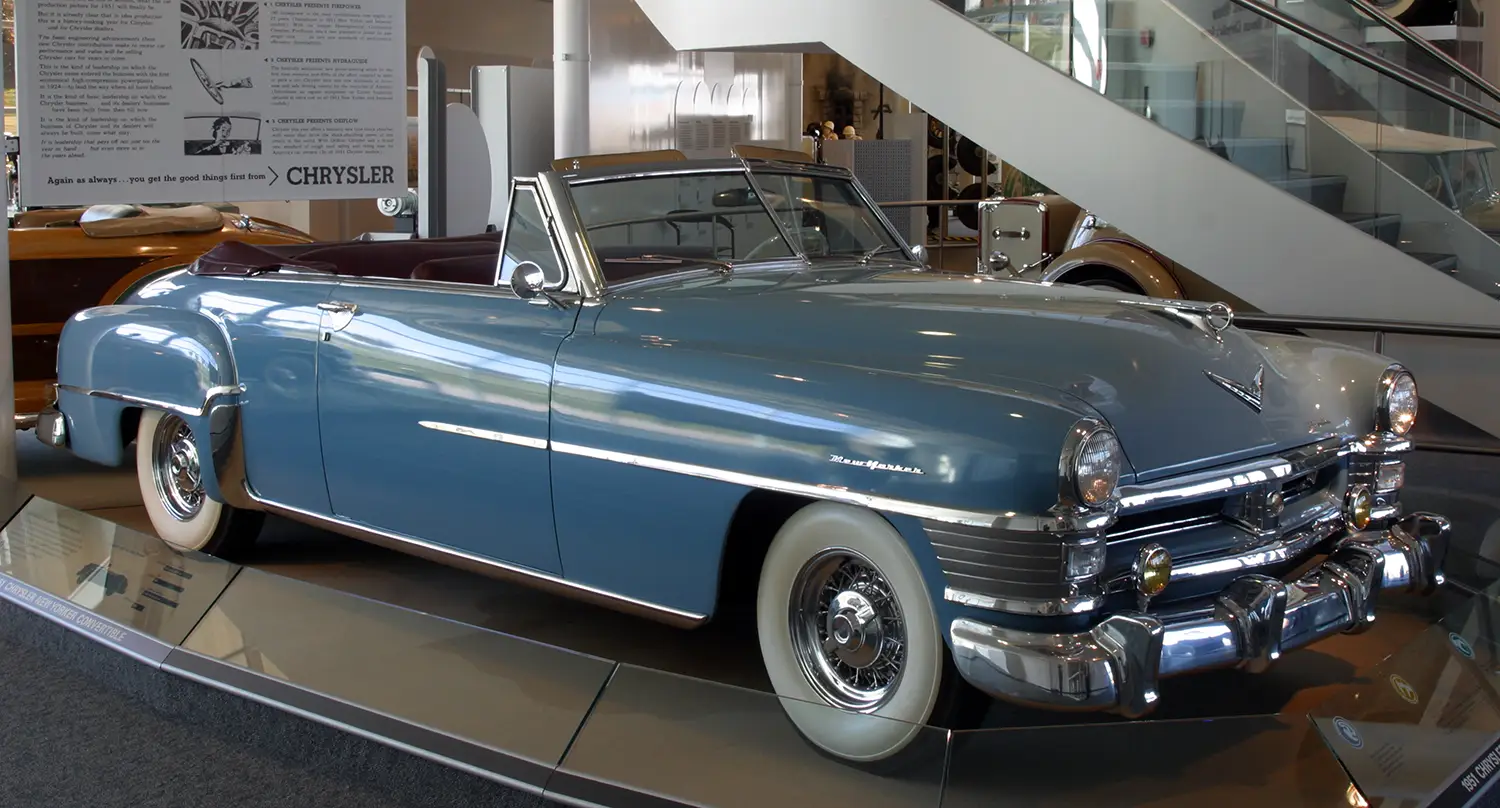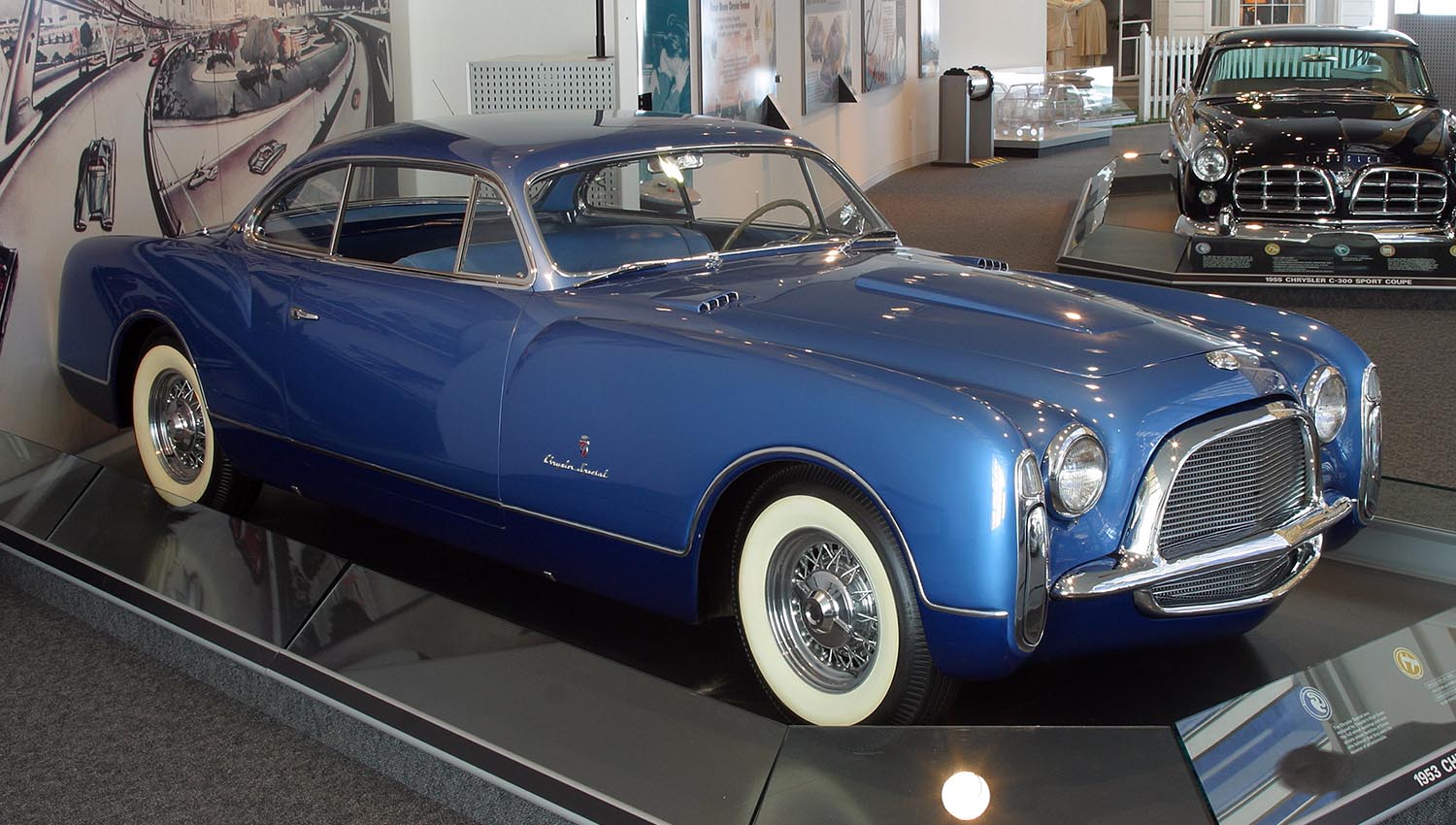 When you look at the 1953 Chrysler Special, you see more than just a car. You are looking at a pivotal moment in design history, a moment when American engineering finally embraced European elegance. At the time, Chrysler’s mass-market cars were criticized for being a little too staid. They desperately needed a shot of excitement. That excitement came through an unlikely transatlantic partnership with the Italian coachbuilder, Carrozzeria Ghia.
When you look at the 1953 Chrysler Special, you see more than just a car. You are looking at a pivotal moment in design history, a moment when American engineering finally embraced European elegance. At the time, Chrysler’s mass-market cars were criticized for being a little too staid. They desperately needed a shot of excitement. That excitement came through an unlikely transatlantic partnership with the Italian coachbuilder, Carrozzeria Ghia.
The Exner-Ghia Connection
This collaboration was driven largely by Chrysler’s styling chief, Virgil Exner. He was a champion of Italian design and was tasked with injecting some much-needed flair into the company’s products. Ghia, meanwhile, was recovering from war damage and eager for high-profile work. The arrangement was mutually beneficial. Ghia could hand-build Exner’s radical designs at a fraction of the cost it would take in Detroit. Ghia’s craftsmanship was impeccable, often finishing the welded joints without any body filler.
From Concept Car to Limited Production
The first of these “Idea Cars” was a coupe that debuted at the 1952 Paris Salon. It drew admiring crowds instantly. It had a long hood, a short deck profile, and bold trapezoidal grille work. This first car was built on a shortened New Yorker chassis. The positive reception encouraged further development, culminating in the 1953 Chrysler Special. This later version, also known as the Ghia Special, featured a notchback roofline. It was based on the standard-length 125.5-inch New Yorker chassis, accommodating five passengers.
A True Auto Icon of Its Era
The production version of the 1953 Chrysler Special was a highly exclusive affair. It was directly inspired by the ‘Thomas Special’ show car. Chrysler’s export manager, C.B. Thomas, pushed hard for the limited production run. Ultimately, just six cars were commissioned for Chrysler itself. Ghia was permitted to build an additional twelve for its own wealthy clients. This scarcity is what makes the car an absolute landmark today. The cars were essentially identical, primarily differing from the show car with a one-piece curved windshield.
A Blend of Luxury and Technology
These handbuilt cars represented a true renaissance of the coachbuilt motorcar. They combined high-end Italian artistry with robust American technology. The 1953 Chrysler Special was delivered with an array of luxury features. These included power brakes, power steering, and electric windows. These were notable refinements for the era. Many were sold new by Chrysler’s French distribution arm to moneyed European industrialists.
FirePower: The Hemi V8 Heart
Under the sculpted hood of the 1953 Chrysler Special lay a genuine American muscle legend. The car was powered by the vaunted 331 cubic inch FirePower V8 engine. This engine was one of the first-generation Hemi designs. Its hemispherical combustion chambers provided excellent airflow, which translated to significant power for the time.
Engine Specs and Performance
The 1953 Chrysler Special came equipped with the 331 cubic inch (5.4-liter) FirePower Hemi V8. This powerful engine produced an initial output of 180 horsepower. The power was routed through either a Fluid Torque Drive semi-automatic or the later two-speed PowerFlite fully automatic transmission. This combination gave the luxury coupe impressive performance for the early 1950s. The potent engine and sophisticated styling confirmed the car’s status as a high-performance luxury machine.
Enduring Influence on Design
The legacy of the Ghia-bodied Chryslers extends far beyond their small production numbers. These cars were critical in establishing Virgil Exner’s reputation for bold design. They heavily influenced the celebrated “Forward Look” styling that swept across Chrysler’s lineup a few years later. The 1953 Chrysler Special remains a highly coveted model. Its exceptional craftsmanship, robust mechanicals, and striking visual presence ensure its place among the most significant American automobiles of the era.
Disclaimer: Content on this site is for informational purposes only. Vehicle specs, pricing, and availability may change. Always verify details with official sources before making decisions. Opinions are those of the authors.
Source: Stellantis

